It’s no secret that the COVID-19 pandemic has changed our world, but it’s changed few things more than travel. An American Passport went from one of the strongest to one of the weakest in the world in terms of how many countries it allows you to visit. In order to help you know where you can and can’t travel to, we’ve written extensively about which countries have closed its borders and all the other travel related coronavirus updates in the world, but the most important thing to know is that travel is still very possible and can be done safely. Travel itself is not inherently more dangerous than going to the grocery store and in some ways it can be even safer. Airlines, hotels, and entire countries have gone to incredible lengths to make the travel industry safe and save it from even worse economic ruin than what it’s already experiencing.
Countries like French Polynesia and states like Hawaii are requiring negative COVID-19 test results to enter the country, restaurants in Mexico are taking your temperature and forcing you to wash your hands upon arrival, and many hotels are requiring you to enter and exit with some form of disinfecting protocol. And even with all those fun protocols, just because you travel doesn’t mean you have to come into contact with absolutely anyone at all. It’s important that as we navigate this pandemic, we don’t just assume things are more dangerous or safe without doing the proper research. For example, did you know that according to a Harvard study, flying can be safer than grocery shopping thanks to amazing filtration and cleaning technology we’ll discuss further below. Although, air travel has been significantly reduced due to the pandemic, by November 2020, according to statistics from the TSA, travel numbers had climbed from to about 36% of what they were in 2019 thanks to the safety efforts put into place by airlines, hotels, and governments around the world.
The goal of this post is to help you understand that travel doesn’t equal increased risk of coronavirus and to show you how you can stay safe and personally lower your risk of COVID-19 infection and make travel as safe as possible.
Travel Tips During Coronavirus


Planning for the Trip:
If it’s possible to travel by car, you’ll have to decide whether or not it is safer to fly. Driving may seem like the safest option in terms of COVID, but consider how many times you’ll have to stop for food and gas and all those points of contact compared to the contactless protocols that airlines have put in place. This is a decision you’ll have to make on your own, but consider your individual roadtrip style and if flying might be a better option.
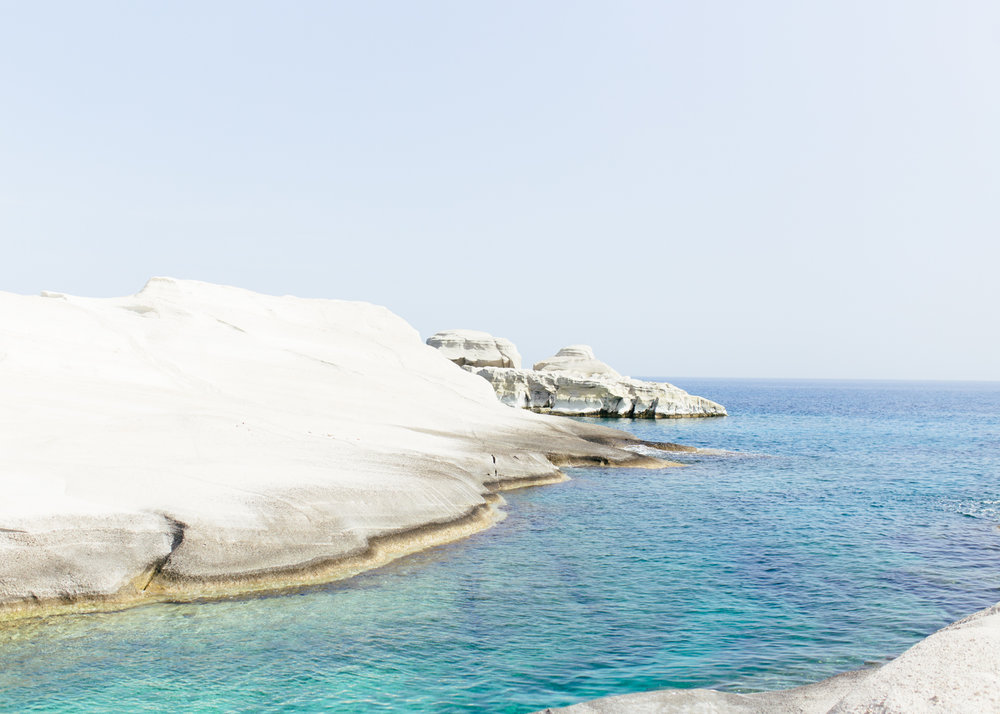
Immediately Before Traveling:
Yes, I know this might sound redundant, but check restrictions again! If 2020 taught us anything it’s that you can expect everything to change all the time. Restrictions and protocols on travel into individual states, territories, and countries are constantly changing and believe me, you’d much rather find out before you leave for the airport than being denied entry once you’ve flown across the ocean.
Pack a bag of all the COVID safety supplies you may need! You can find our list later on in this blog post. This will vary if you’re driving or flying but the basics are the same. Bring things to clean and keep clean and things to stay safe. Walk yourself through your travel plans and think of any situation in which you might want to protect yourself better and pack accordingly.
Don’t forget travel insurance. This is something that we overlooked in our early days of traveling, but with the current situation, you can’t ever be too careful. Plus! Travel insurance is way cheaper than we used to think it was! We recommend World Nomads Travel Insurance. Also it should give you peace of mind that most airlines are doing away with change fees during the pandemic. Yay, it’s the little things, isn’t it?!

While Traveling:
Air travel is a bit different than before, but in some ways it is so much nicer! We toured LAX with Delta and they showed us every single safety protocol that has been put in place and even mentioned that some measures way stay that way after the pandemic! First things first, what’s the best way to get to the airport? You could have someone within your “bubble” drive you to the airport or we’d even suggest you look into using a cool service like Avail which allows you to park for free and pays you if someone rents your car while you’re away. Don’t worry they always wash and sanitize your car, even if no one rents it out. You can also rent using their service on the other end. Use this link to get $25 toward your trip!
This is a must! Check in online so you don’t even have to go to the check-in line. If you have to drop your bag off, then be sure to still have checked in online so you can just show them your boarding pass on your phone and to speed up the process. If you can avoid it, don’t check a bag. It’s one more point of contact that you can avoid by carrying on and packing everything into that and your backpack. We like our Away backpacks and Larger Carry-Ons.
Be sure to stick to the socially distanced markers on the floor every time you are in a line at security, the bathroom, or during boarding. At many airports, including LAX they’re using bacteria-resistant bins for security and are cleaning them after every use. This is something we’d like to see all the time!
Take advantage of all the hand sanitizer stations throughout the terminal and keep your mask on through the entire experience. Our favorite masks are made by Rothy’s. They cover nicely, and are made of a great recycled material that we prefer to cloth that get stuck to your mouth as you inhale. Since air travel is down, airports have typically been pretty open which means fewer people to avoid when finding a seat to wait for your flight.
They’ll likely board back to front to help reduce as many passengers passing each other as possible. Once you’re on the plane, you’re going to want to have brought your own disinfectant wipes to wipe down the touch points around your seat. Obviously, you want to cover everything but be sure to get the following points: air vent (but leave it open as this helps the frequency that all the air in the cabin is filtered), screen, both sides of the seatbelt (especially under the latch), light, window shade, arm rests, seat pockets, and tray tables.
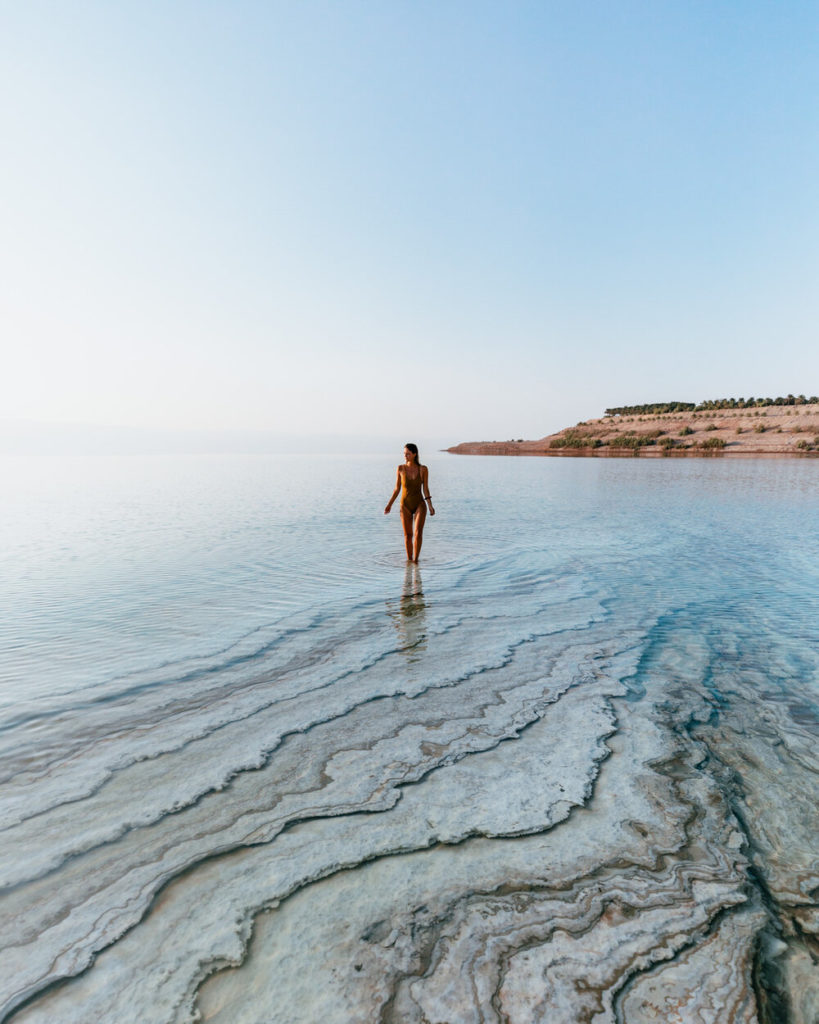
Upon Arrival:
In terms of transportation, renting a car will help you come in the least amount of contact with people while you’re in your destination (just like driving yourself is safer than public transportation while you’re home), be sure to pick a service that guarantees they sanitize cars in between use and if your car looks like it hasn’t been cleaned be sure to say something. Again, we’ve witnessed the Avail sanitizing process and would highly recommend it. Get $25 off your trip here!
If you choose to use Lyft or Uber, keep your mask on, crack the windows, handle your own bags, and wash your hands when you finish your ride.
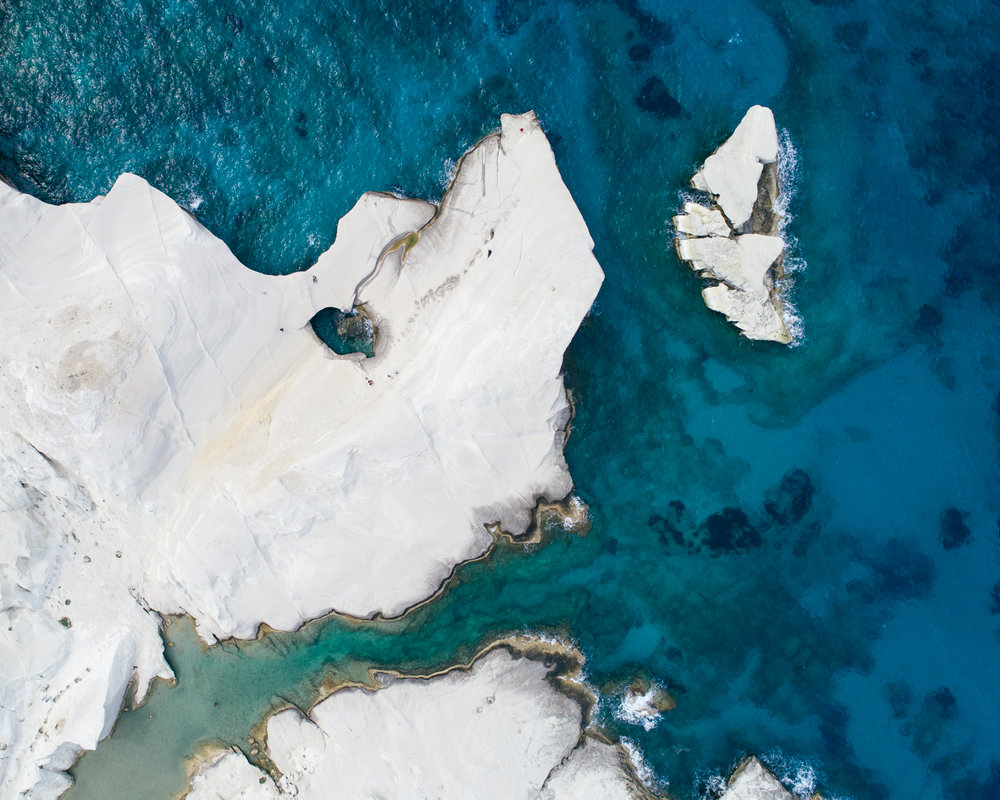
While You’re There:
The most important thing you can do is pick activities that keep you away from people. If you choose to do a tour, which is a great way of supporting the local economy, then pick a provider that is taking things seriously and do a private tour. The extra cost not only makes for a better experience, but it reduces risk of exposure to COVID-19 as well.
Eat at restaurants that are following health protocols and request tables far away from others. In our experience in Mexico and the Dominican Republic last year, all restaurants were outside and tables were placed far from one another.
There aren’t a ton of secret ways to be safe while you’re in a destination, because it isn’t any different than being home except you have a goal of exploring or relaxing, both of which can be done privately!
When You Return:
The United States of America’s Center for Disease Control just instituted a new policy that requires all travelers, beginning January 26, 2021, going to the United States must have negative COVID test results within three days of travel. This includes US Citizens returning home. Many international hotels are beginning to facilitate this by offering the testing on site, so check to see if it something your hotel is or plans on offering and if not, make other arrangements.

When to Get Tested:
What to do With the Results:
You’ll want to have as much proof of the results as possible, so preferably get a hard copy, but have an electronic copy of the results as a backup.
What to Do if You Test Positive:
Finding State, Local, Territorial, and National Restrictions for Your Destination:

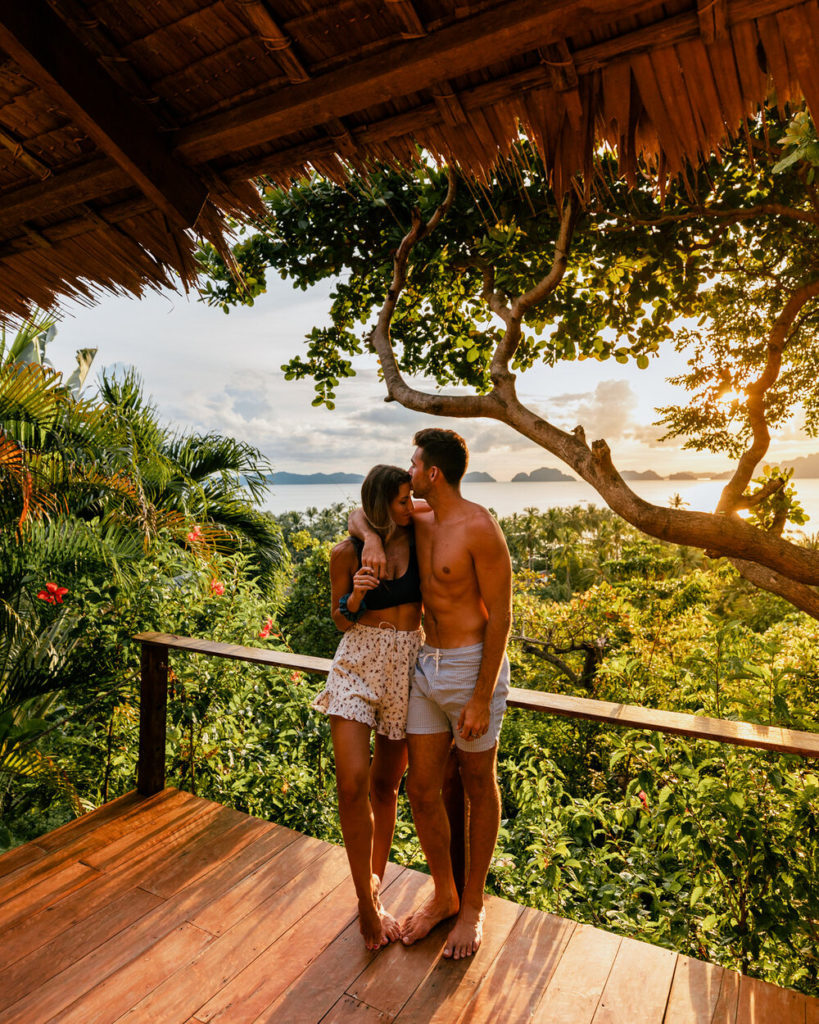
What to Bring While Traveling During Coronavirus
Face Masks and Coverings:
This is a no brainer and is pretty much required everywhere. As I mentioned above, we love our Rothy’s masks as they’re the most comfortable to wear for long period of time. An N-95 mask is thought to be the most effective at filtering particles. You can typically find one at a hardware store when available. When it comes to what style of mask, most airlines have banned loose face coverings like bandanas or masks with breathing holes or filters. Think strapped over the head or around the ears, non-slipping, and hole free!
Disinfectant Wipes:
Some airlines, like Delta, provide an individual disinfectant wipe (or more if you ask). But we recommend bringing a few of your own so you can wipe down your seating area on the flight, your baggage, or during any other time of your travels. It’s a great way to stay safe!
Alcohol-Based Hand Sanitizers:
Face Shields:

Non-Perishable Food Items:
Drinks:
With the lack of food service, there is also a lack of beverage service. Generally they have water, but the flight attendants aren’t constantly walking up and down the aisles like they normally do to serve you. You’re going to want to bring a big reusable water bottle for yourself and you’re going to want to be hydrated before you get to the airport as well. When you go through security, you’ll have to have your bottle be empty, but fill it up at one of the bottle fillers at the airport and be sure to have it full before you get on the plane.
Thermometers:
Day Bags:
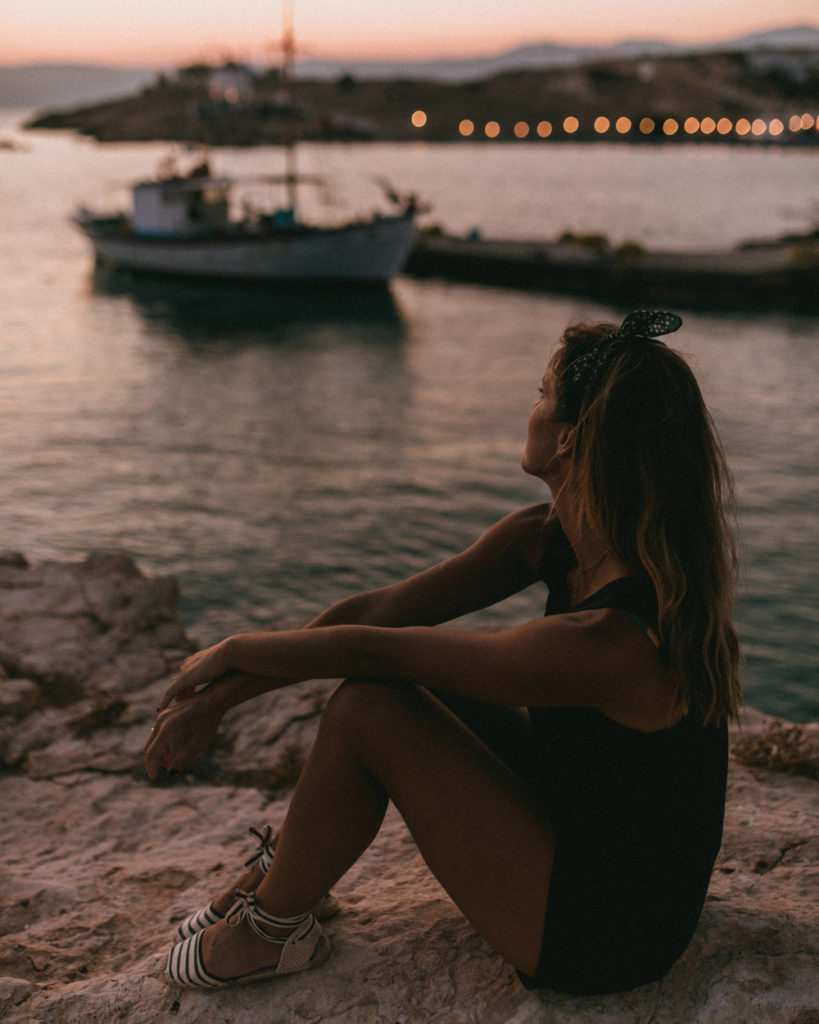
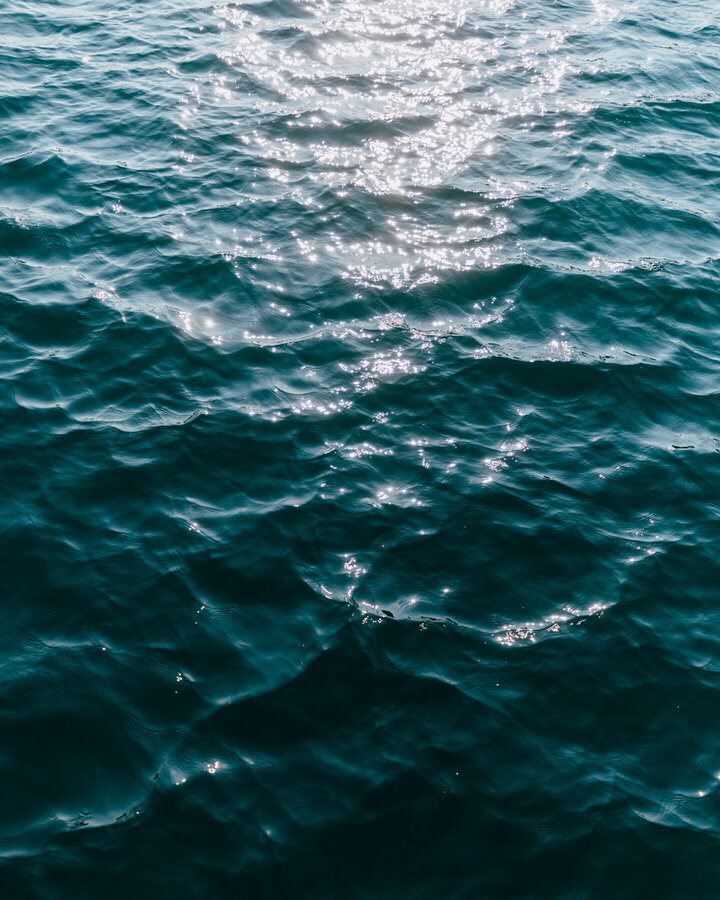
Of course, you are the only one that is in charge of your health and the decision to travel is completely up to you. If you have been seeing lots of people or have been potentially exposed, then you should probably stay home. Make sure you’re paying attention to all Center for Disease Control guidelines as you travel in addition to local guidelines, just as you would when you are home. Travel is very much still possible, but it’s important that it is done responsibly and safely so that the economies that rely on tourism can begin to thrive and stop suffering as much as they have. If you have any doubts on if it’s possible to stay safe while traveling, please look into the research done and come to your own conclusions! We look forward to seeing us get through this pandemic in 2021 and begin traveling beyond COVID-19, face shields, and 14-day quarantines again!
